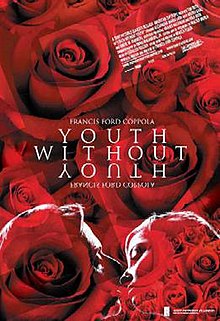Question:Osho, I can feel myself moving from anger into sadness. I don't know whether I should try and get the anger out or just let it explode inside.
Osho:
Anger and sadness are both the same. Sadness is passive anger and anger is active sadness. Because sadness comes easy, anger seems to be difficult. because you are too much in tune with the passive.
It is difficult for a sad person to be angry. If you can make a sad person angry, his sadness will disappear immediately. It will be very difficult for an angry person to be sad. If you can make him sad, his anger will disappear immediately.
In all our emotions the basic polarity continues -- of man and woman, yin and yang, the male and the female. Anger is male, sadness is female. So if you are in tune with sadness, it is difficult to shift to anger, but I would like you to shift. Just exploding it within won't help much because again you are seeking some way of being passive. No. Bring it out, act it out. Even if it looks nonsense, then too. Be a buffoon in your own eyes, but bring it out.
If you can float between anger and sadness, both become similarly easy. You will have a transcendence and then you will be able to watch. You can stand behind the screen and watch these games, and then you can go beyond both. But first you have to be moving easily between these two. otherwise you tend to be sad and when one is heavy, transcendence is difficult.
Remember, when two energies, opposite energies, are exactly alike, fifty-fifty, then it is very easy to get out of them, because they are fighting and cancelling each other and you are not in anybody's grip. Your sadness and your anger are fifty-fifty, equal energies, so they cancel each other. Suddenly you have freedom and you can slip out. But if sadness is seventy percent and anger thirty percent, then it is very difficult. Thirty percent anger in contrast with seventy percent sadness means forty percent sadness will still be there and it will not be possible; you will not be capable of easily slipping out. That forty percent will hang over you.
So this is one of the basic laws of inner energies -- to always let the opposite polarities come to an equal status, and then you are able to slip out of them. It is as if two persons are fighting and you can escape. They are so engaged with themselves that you need not worry, and you can escape. Don't bring the mind in. Just make it an exercise.
You can make it an everyday exercise; forget about waiting for it to come. Every day you have to be angry -- that will be easier. So jump, jog. scream, and bring it. Once you can bring it for no reason at all, you will be very happy because now you have a freedom. Otherwise even anger is dominated by situations. You are not a master of it. If you cannot bring it, how can you drop it?
Gurdjieff used to teach his disciples never to start by dropping anything. First start by bringing it in, because only a person who can create anger on demand can be capable of dropping it on demand -- simple mathematics. So Gurdjieff would tell his disciples to first learn how to be angry. Everybody would be sitting and suddenly he would ay, "Number One, stand up and be angry!" It looks so absurd.
But if you can bring it.... And it is always available, just by the comer, you just have to pull it in. It comes easily when anybody provides an excuse. Somebody insults you -- it is there. So why wait for the insult? Why be dominated by the other? Why can't you bring it yourself? Bring it yourself!
In the beginning it looks a little awkward, strange, unbelievable, because you have always believed in the theory that it is somebody else whose insult has created the anger. That's not true. Anger has always been there; somebody has just given an excuse for it to come up. You can give yourself an excuse. Imagine a situation in which you would have been angry, and become angry. Talk to the wall and say things, and soon the wall will be talking to you. Just go completely crazy. You have to bring anger and sadness to a similar status, where they are exactly proportionate to each other. They will cancel each other out and you can slip away.
Gurdjieff used to call this "the way of the sly man" -- to bring inner energies to such a conflict that they are engaged together cancelling each other, and you have the opportunity to escape. Try it, mm?


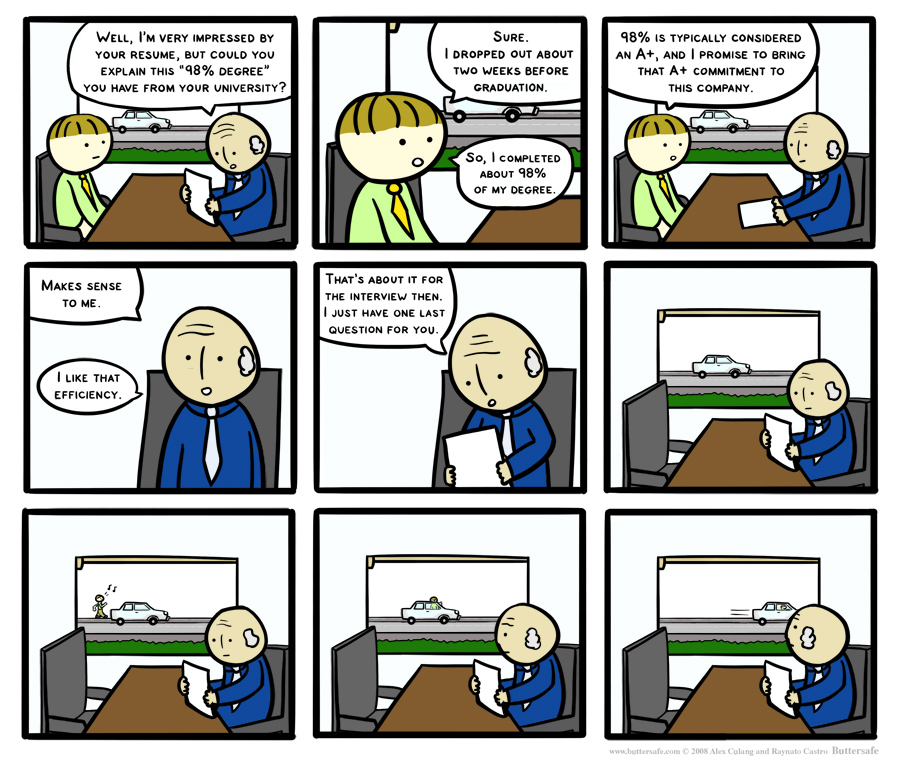


 s
s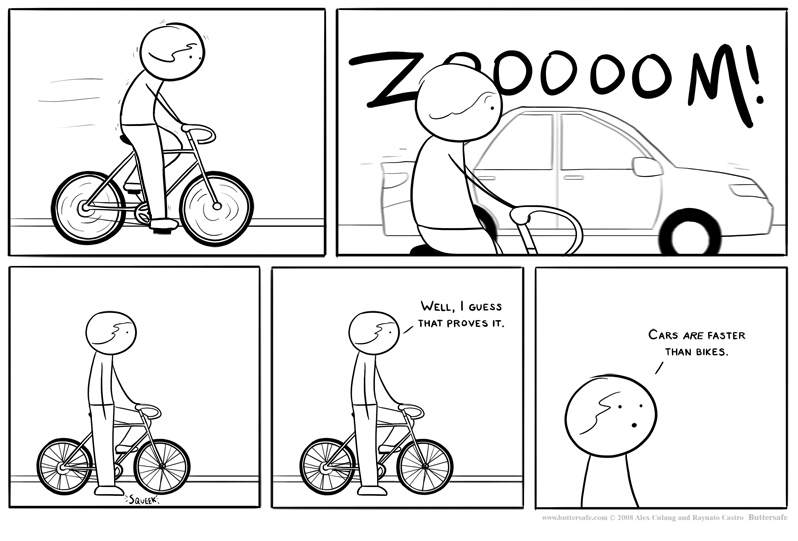

 Woman in the World
Woman in the World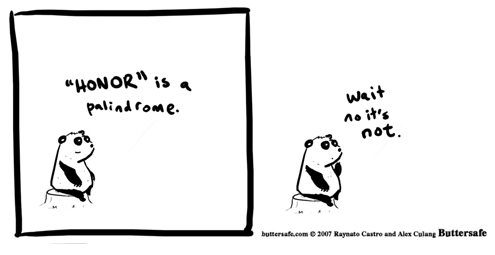




.jpg)

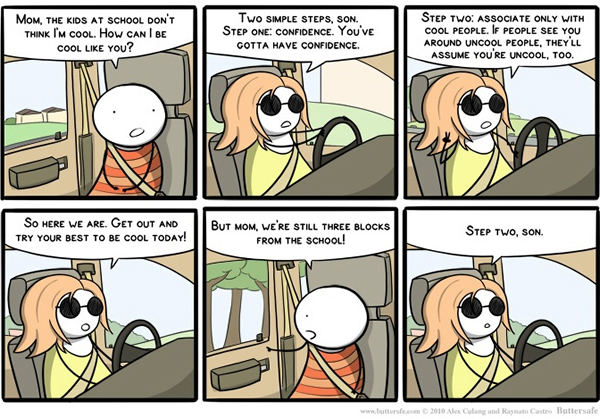
![[Swami Vivekananda]](http://www.freemasonry.bcy.ca/biography/images/vivekananda.jpg)




